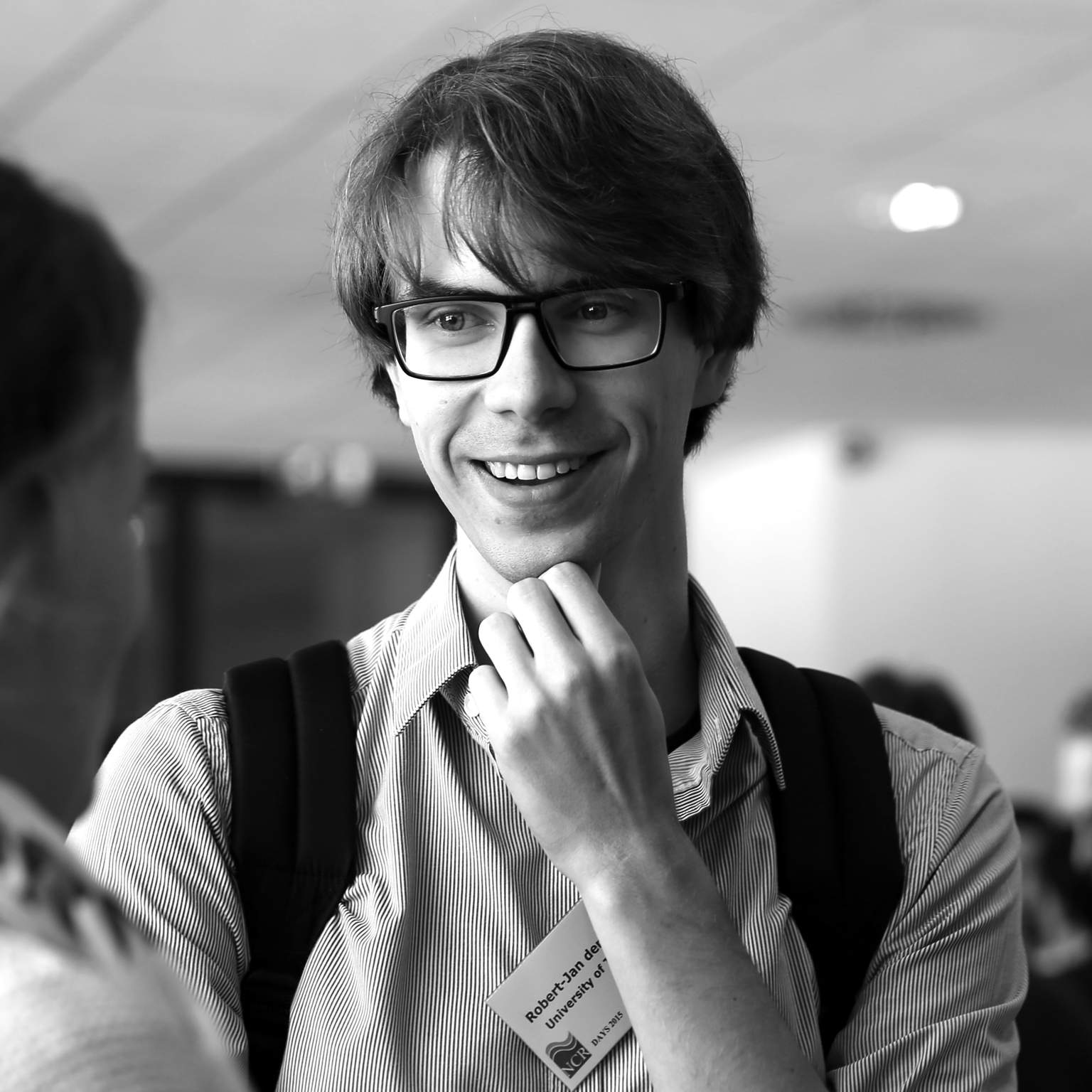What is a thriving planet? The Merriam-Webster dictionary defines thriving as characterized by success or prosperity and, ironically, gives the capitalist example of a thriving business. Elon Musk might say we already have a thriving planet.
But from a post-humanist and more-than-human perspective, a thriving planet is one of harmony, recognizing mutual relationships and dependencies between humans and non-humans. For us, that means being less exploitative, not destroying environments and habitats in pursuit of rare minerals, and ensuring that sustainability is actual practice, not ending up with unrecyclable products labeled as green in burning landfills.
Designers have long been trained as problem solvers, enriching our lives through matching technology with our needs and wishes. The key word is our: human. In her keynote at For Love of the World Festival, Elisa Giaccardi makes the observation that design methods we use as a result are highly human-centric. These methods have brought us many good things, but they are limiting when addressing current challenges and difficult to move on from. She advocates for changing our design practices by relinquishing some control and exploring futures where humans and non-humans relate and perform alongside each other.
Don Norman too calls for change, provocatively stating that ”design education is flawed.” More focused on exploitative human activities and the environmental impact of designed objects, his argument is that designers are very skilled, but are not positions of power to challenge what is being designed. He says that designers are merely trained as craftspeople capable of producing beautiful objects. Only by training designers with a wider perspective can designers obtain positions of authority in companies to ask critical questions and change design practices.
Although from different angles, both Giaccardi and Norman stress rethinking design practices and education. At the University of Twente, I happen to teach first-year bachelor students a course on human-centered design, exposing students to the very mindset and methods that Giaccardi critiques. But that also means I teach future designers, fresh out of high school.
So, let’s talk actions. Last year, my colleague Dorothé Smit, who runs the identical course at VU Amsterdam, and I added an educational activity introducing them to topics like more-than-human design. As an encouraging sign, students leaned forward in their chairs during the activity’s short lecture part, where, among other things, we showed (parts of) the Giaccardi and Norman talks.
The engagement continued in guided, small-group discussion, as a lead up to a reflective video assignment. In that assignment, students shared challenges they see in the world, what they see as their responsibilities as designers, and how they foresee contributing to addressing challenges as designers.
One goal of the assignment went beyond the course; planting a seed for future reflection. It was ungraded and we made an effort to give students personal, constructive feedback – encouraging students to revisit these questions over time. Hopefully, these seeds will sprout and contribute to shaping future designers working toward a thriving planet.
